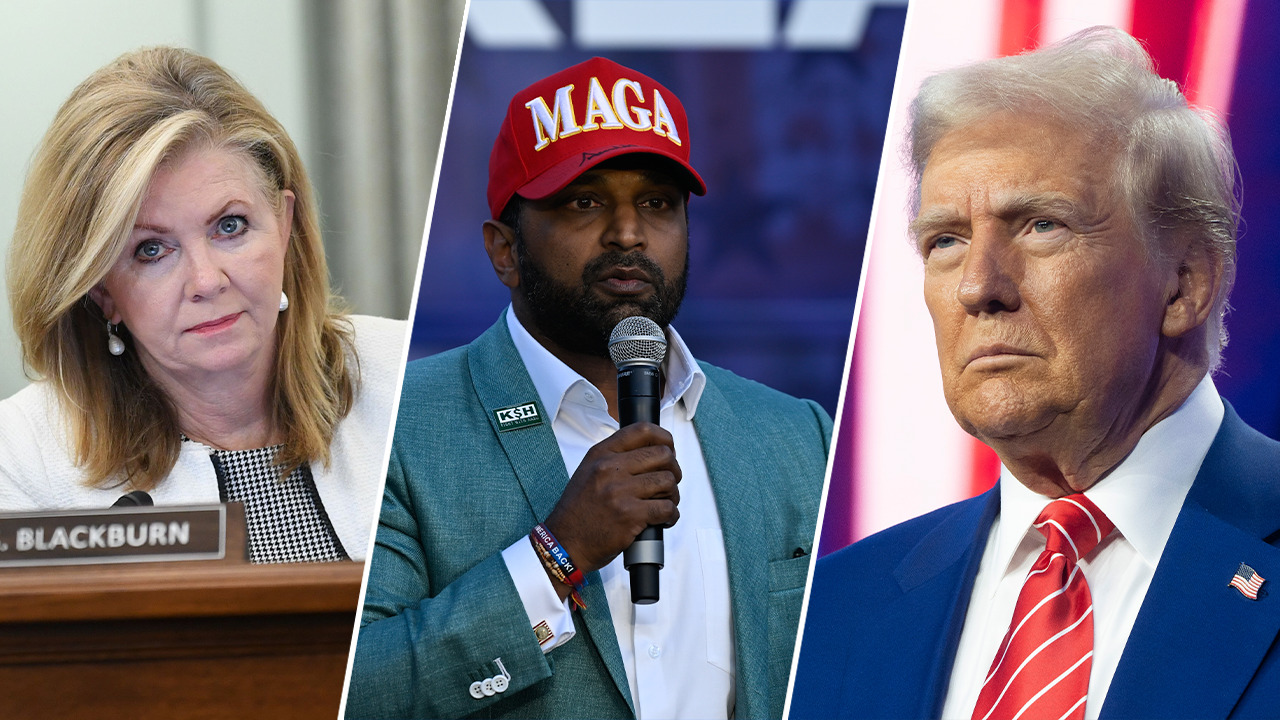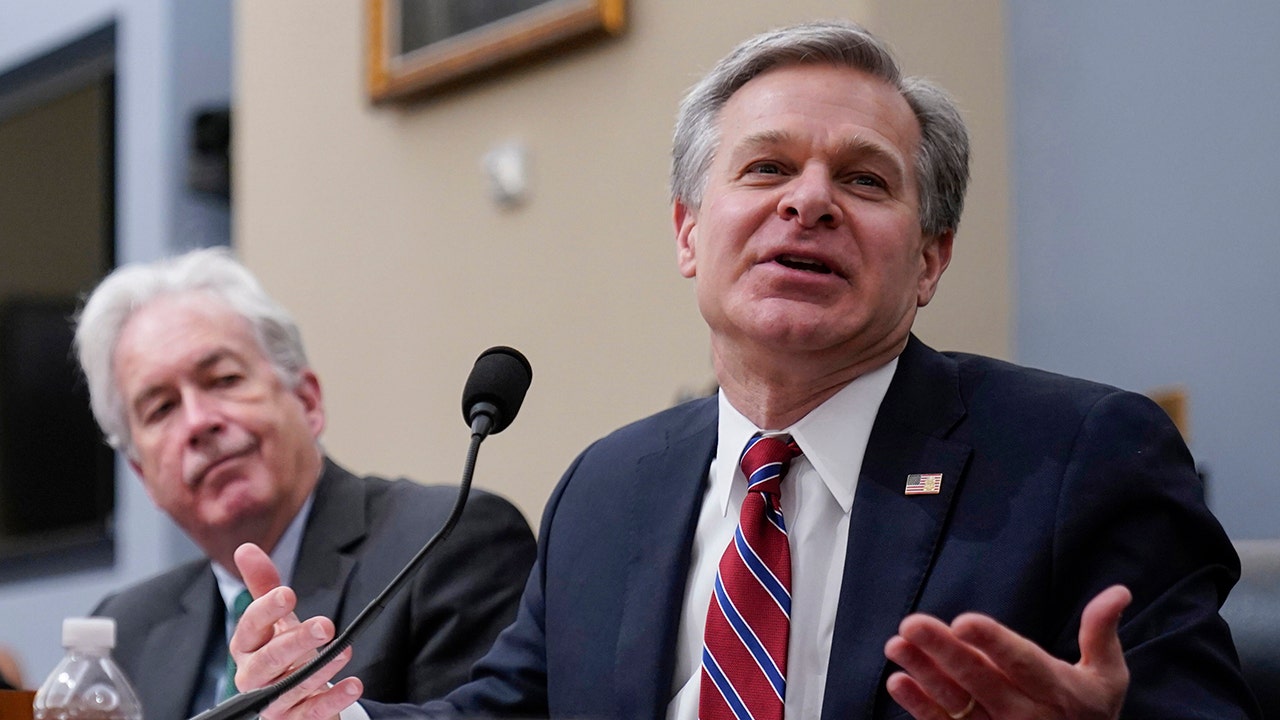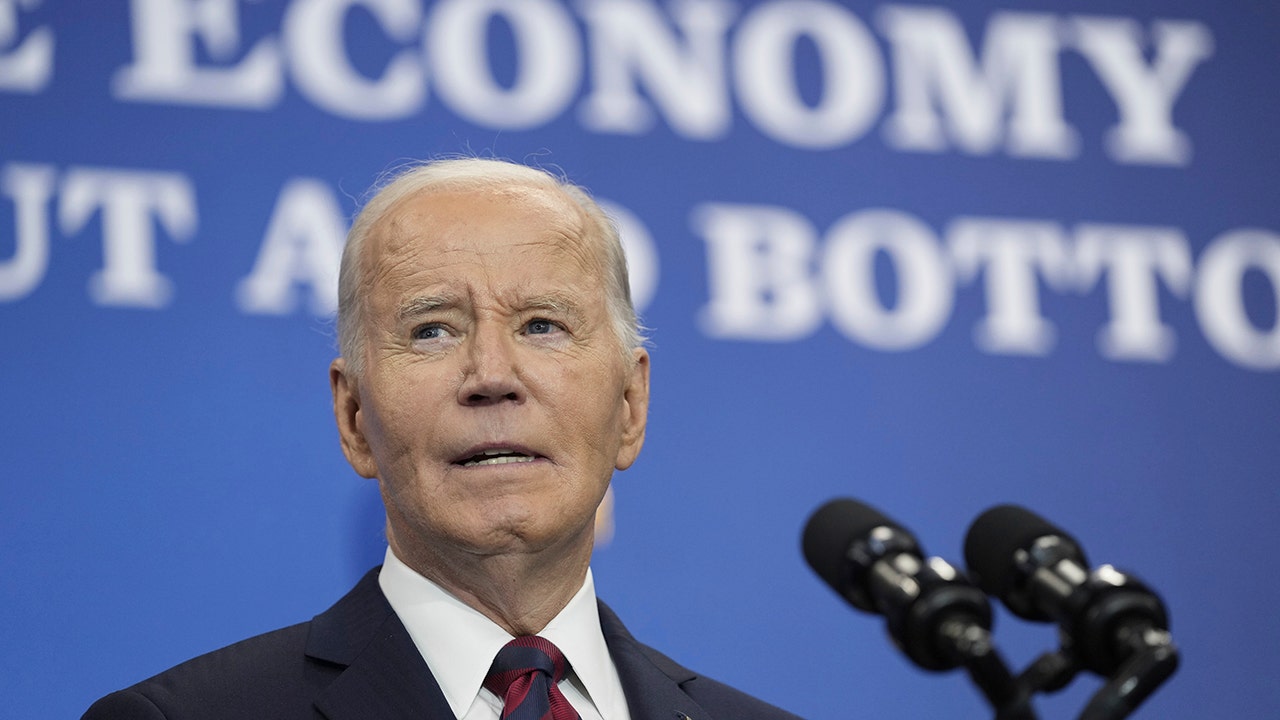Trump vs Harris: Who’s leading in the US election polls as the vote looms? | US Election 2024 News

With less than two weeks to go until election day in the United States, polling averages show that the two main presidential candidates, Kamala Harris and Donald Trump, are in effect tied in most crucial swing states.
To win, a candidate needs to secure 270 of the 538 electoral votes up for grabs. Electoral College votes are distributed across states according to their relative populations.
Who is in the lead?
According to FiveThirtyEight’s daily election poll tracker, as of Wednesday, Vice President Harris is leading in the national polls and has a 1.9-percentage-point lead over former President Trump.
According to various recent polls, including one from The Washington Post published on Monday, 47 percent of registered voters indicated they would definitely or probably vote for Harris, the Democratic Party’s candidate. The same percentage expressed support for Trump, the Republican Party’s candidate.
In contrast, a poll released by Reuters/Ipsos on Tuesday showed Harris with a slight lead over Trump at 46 percent compared with Trump’s 43 percent.
President Joe Biden defeated Trump by a 306-232 vote in the Electoral College and had a 4 percent margin in the popular vote. If the national vote margin is closer in 2024, that’s good news for Trump — even if he trails Harris. Candidates have won the presidency before despite losing the popular vote — most recently Trump in 2016 — but never with a gap as wide as the one in 2020.
Ultimately, though, it is the Electoral College that determines the election winner, not the nationwide popular vote. Most states lean heavily, or very clearly, towards Republicans or Democrats.
Seven swing states, also known as battleground states, will likely determine the outcome of the 2024 election. These are states where the contest is particularly close.
What are the polls saying about the swing states?
The seven swing states are Pennsylvania (19 electoral votes), North Carolina (16), Georgia (16), Michigan (15), Arizona (11), Wisconsin (10) and Nevada (6). Together, they account for 93 Electoral College votes.
But FiveThirtyEight’s average of recent surveys places Harris and Trump within the margin of error of polls in each of these seven states. While Trump leads by about a percentage point or a little more in Georgia, Arizona and North Carolina, the remaining four states — Pennsylvania, Michigan, Wisconsin and Nevada — are even closer with less than half a percentage point separating the former president and Harris. While Trump is marginally ahead in Pennsylvania, Harris is edging past him in Michigan, Wisconsin and Nevada.
If the razor-thin margins captured by the poll averages hold on election night, Trump is favoured to win. But even the tiniest swing away from him in these key states — or an underestimation of Harris’s support in the polls — could lead to a win for the vice president.
In the 2020 presidential election, Georgia — where Trump is currently leading — flipped from Republican red to Democratic blue after nearly three decades of voting Republican, and in Arizona — where Trump is also ahead — the Democrats won by a narrow margin of 0.3 percentage points.
How trustworthy are polls?
Election polls predict how the population might vote by surveying a sample of voters. Surveys are most commonly conducted by phone or online. In some cases, it is via post or in person.
Poll trackers, which aggregate a number of polls together, are weighted based on a number of factors, such as the sample size of the poll, the pollster quality, how recently the poll was conducted and the particular methodologies employed.
According to a Pew Research Center study, confidence in public opinion polling has been undermined by inaccuracies in 2016 and 2020. In both general elections, many polls failed to accurately capture the support for Republican candidates, including Trump.
Pollsters got it wrong again in the 2022 midterm elections. Only this time, they undercounted the support for Democrats and predicted a win for Republicans, only to be proven wrong.




